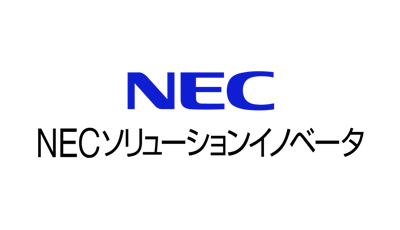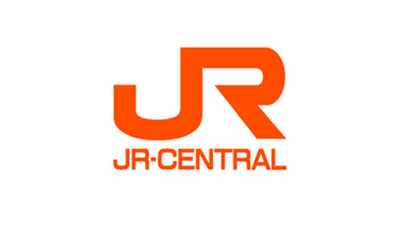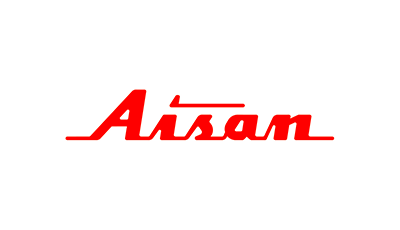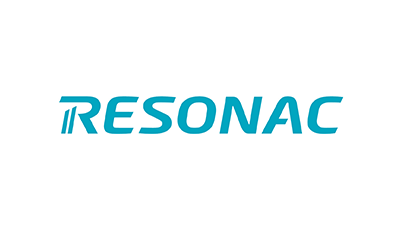As the business environment undergoes rapid changes, companies have embarked upon a variety of transformations in an effort to adapt to and survive changes. Underpinning that change is a company’s personnel. Companies are thus faced with the task of getting the most out of those personnel, that is, putting human capital management into practice. The key to putting human capital management into practice is HR strategy.
In this Insight, we will look at real world case studies to find out what HR strategy is and what the HR strategy formulation process looks like.
What is HR strategy? How is it different to strategic HR and the HR strategy formulation process?
- Management Strategy/Reformation
- Human Capital Management

Contents
What is HR strategy?
While the importance of HR strategy is obvious, it is worth reviewing exactly what it is.
HR strategy refers to the process of clarifying the most important challenges, or “HR materialities” facing a company seeking to raise its corporate value, and drafting and documenting policies to realize solutions, from an HR perspective. In HR strategy, once a company has made clear its human capital investment targets, it is important to draft policies aimed at achieving those targets, and get buy in for them not only from HR, but from management as a whole.
How is HR strategy different from “strategic HR”?
There is another term, “strategic HR,” that resembles “HR strategy.” “Strategic HR” is shorthand for “strategic human resource management.” The term refers to overall measures aimed at making optimal use of presently available human resources using HR management and functions and systems available to HR, after having defined a personnel vision from corporate or business strategy. In other words, the difference with HR strategy is that the focus is on “utilizing and optimizing presently available human resources.”
There is no major difference between the targets the two approaches focus on in terms of them contributing to realizing corporate and business strategy and contributing to increasing corporate value. However, as the human resources inside companies and the resources of HR departments overseeing personnel are limited, HR strategy is the one for which there is greater need, if companies are to pursue transformation.
Why you need HR strategy
So, why has the focus turned back to HR strategy?
Some of the reasons include the following.
Changes in the business environment
- Advances in digital technology
- Intensifying cross-industry competition
- Increased demands from stakeholders to combine the pursuit of profit with sustainability
- The decline in the labor force amidst an aging population
- A dearth of specialist personnel and next-generation leaders to drive innovation
With such changes in the environment, the leadership agendas of companies as a whole are changing, so there is a greater focus than ever on HR strategy.
According to a survey by Gartner, the highest priority challenge for global CEOs today is “growth” (see figure 1). What companies need in order to achieve growth is “business portfolio transformation.” To transform their business portfolios, companies need to pivot their business models, develop new businesses, fundamentally transform their profit structures and drive enhancements to their business management, rather than simply focusing on streamlining operations as they have to now.
Leading the way on such corporate growth are “technology” and “employees.” Thus, rather than the old approach of asking how to most efficiently optimize the human resources they already have, companies are faced with the need to draft HR strategies that maximize human capital on the level of each individual employee, and to utilize digital technology, then harness these as the driving force for realizing transformation.
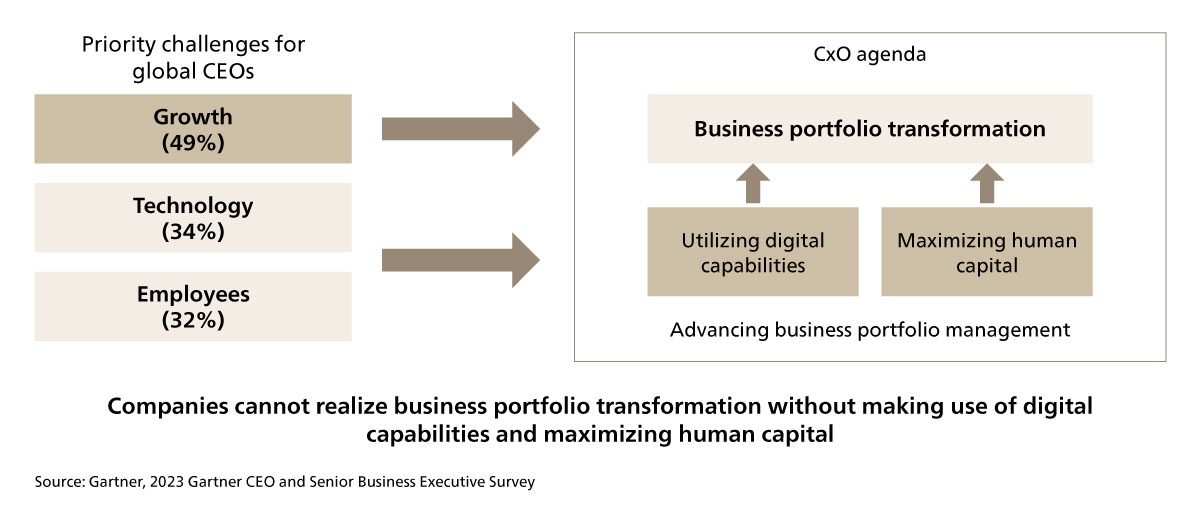 Figure 1. What companies need in order to transform their business portfolios
Figure 1. What companies need in order to transform their business portfolios
Attention from institutional investors
Surveys have also revealed that institutional investors most focus on “investment in personnel.” * The reason is that it “reassures investors about the future prospects of the company,” showing that the idea that the value of human capital is directly tied to the value of the company itself has permeated the investor community.
*Secretariat of New Form of Capitalism Realization Headquarters, Cabinet Secretariat, Economic and Industrial Policy Bureau, Ministry of Economy, Trade and Industry, “Basic Materials”, February 2022
Aims that formulate HR strategy
We have covered why maximizing human capita is an essential element of achieving corporate transformation. However, the personnel challenges that HR needs to address are growing more varied and complicated (see figure 2). We have enumerated some of the chief examples of these personnel challenges below. Many companies are faced with the need, to a greater or lesser extent, to find solutions to them. But with limited resources, addressing all of these challenges is difficult. Spreading themselves too thin trying to address everything at once can be a major factor getting in the way of a company ultimately failing to achieve its goals.
Examples of personnel challenges
Procuring necessary personnel, securing labor capacity, improving productivity, DEI (diversity, equity and inclusion), fostering engagement/culture, diversity in decision making, fostering the next generation and generating innovation
This is precisely why the aim of HR strategy formulation is to pick and choose “which personnel challenges to solve to raise their corporate value,” then clarify targets and processes for arriving at solutions.
Companies thus need to come up with HR strategies having performed “selection and focus,” after considering what the HR materialities are from both short to medium-term and long-term perspectives.
 Figure 2. Aims of formulating HR strategy
Figure 2. Aims of formulating HR strategy
The HR strategy formulation flow
Let’s go over the HR strategy formulation flow for drafting and executing an HR strategy in specifics. At ABeam Consulting, we recommend working through formulating an HR strategy in seven steps (see figure 3). Here we will present the process broken down into three major flows.
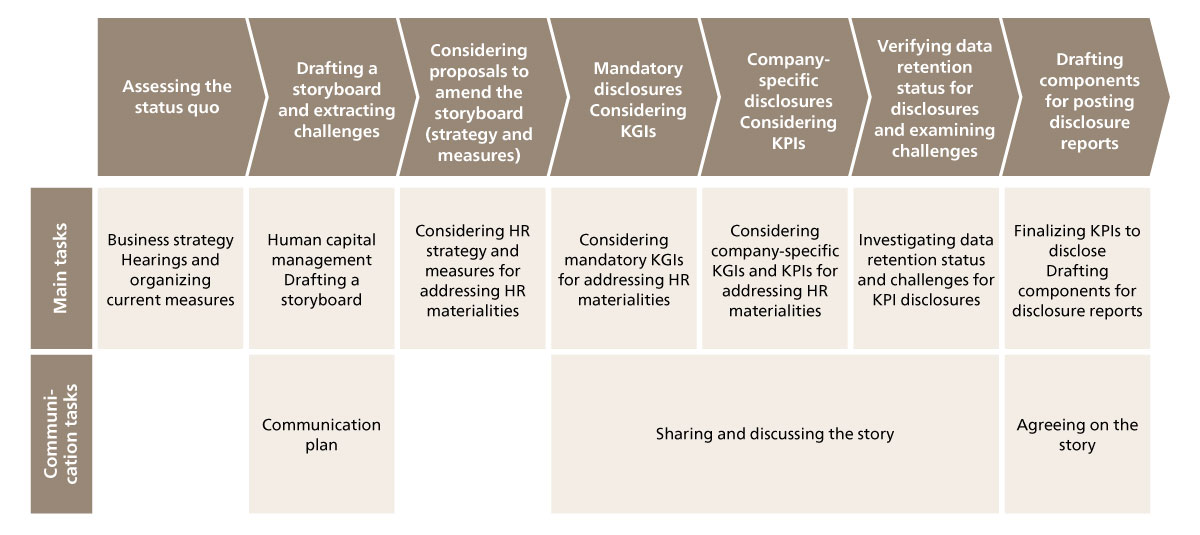 Figure 3. ABeam Consulting’s approach to formulating HR strategy
Figure 3. ABeam Consulting’s approach to formulating HR strategy
1. Defining HR materialities
Identifying HR materialities is essential to formulating an HR strategy that commits to achieving targets. To identify materialities, companies need to clarify what sort of transformation of their future HR portfolio is needed, and along what axes they want to pursue transformation, then examine the materialities through backcasting (a method for figuring out what to do now by working backwards from the future). In some cases a company may face calls to transform the skills and abilities possessed by specific employees in the short to medium-term in line with a business portfolio transformation, while in other cases they may face calls to permanently transform their productivity or organizational culture.
In this process, all sorts of themes to consider could conceivably be raised. But the important thing is to ask, as we stated earlier, “what are the HR materialities contributing to increasing corporate value?” and “what are the challenges we should tackle as a priority?” This is also why it is important to have proper “axes” along which to perform HR transformation. We could even think of it as materialities being the gap between those axes and the status quo of the company.
ABeam Consulting recommends the use of its “Human Capital Management Storyboard” framework for formulating HR strategy (see figure 4).
The process begins by documenting the purpose and vision of the company as a whole on the top level, with this serving as the prerequisite for defining HR materialities. Companies then need to clarify their corporate aims from both long-term and short to medium-term points of view.
One part of this is the “sustainability goals” (long-term perspective) of realizing the corporate vision and maintaining business continuing and general competitive advantage.
The other part is business strategy (short to medium-term perspective). Companies need to cross reference their business strategy and drill down to find out what is the best HR portfolio in the here and now, and recognize the gap between that and the status quo.
Combining these two and thus enumerating your company’s personnel challenges is the workflow for identifying the most pressing HR materialities.
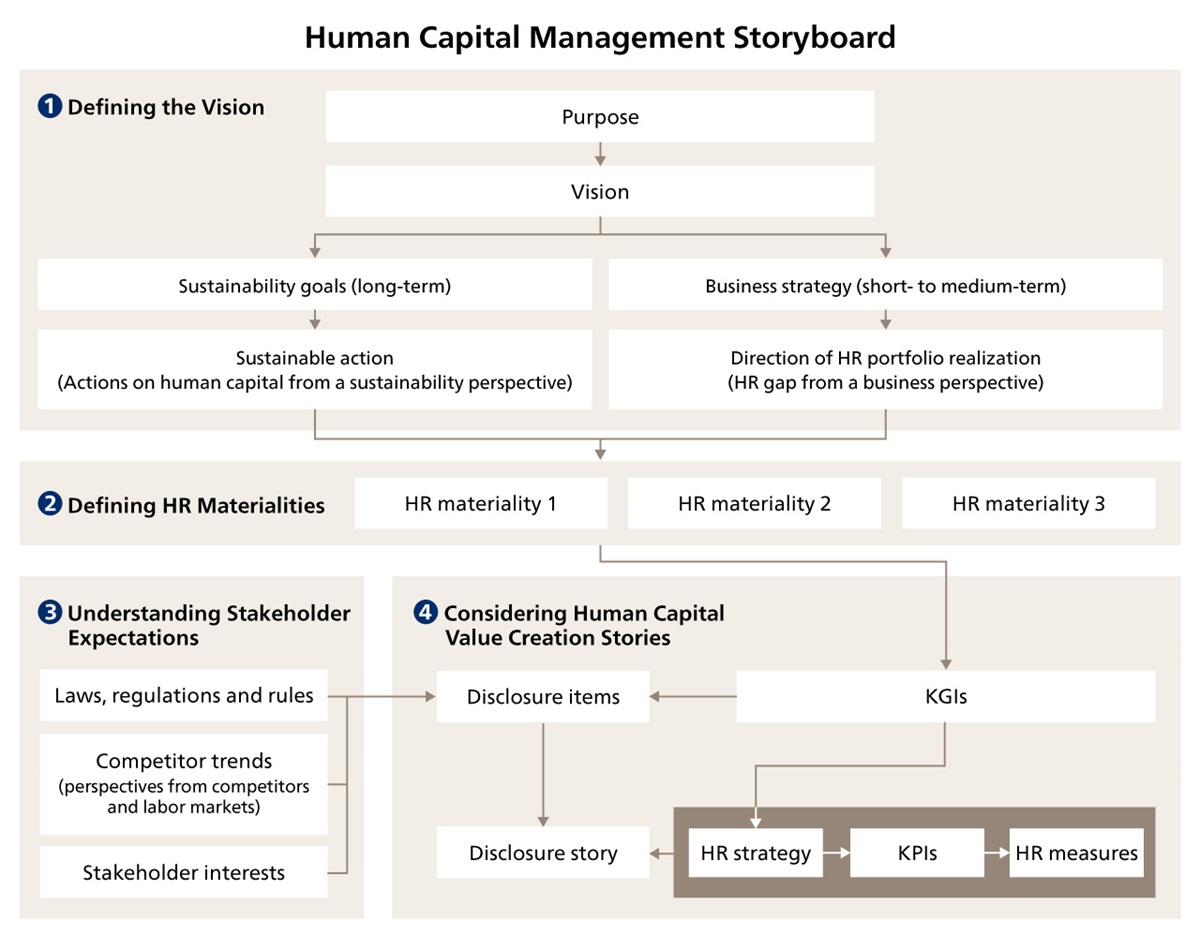 Figure 4. The Human Capital Management Storyboard
Figure 4. The Human Capital Management Storyboard
2. Drafting HR strategy and setting KGIs
Having defined HR materialities, companies then need to establish quantitative indicators as “key goal indicators (KGIs).” Having goals means needing some way to measure their status. This is because without some measure for representing the solution to a challenge, you cannot properly evaluate the outcomes. Measures for these purposes are called KGIs. Therefore, clarifying what themes need to be addressed by referring back to KGIs and drafting execution plans that contribute to improve KGIs is the essence of drafting HR strategy.
We will go over specific examples of HR strategies later on.
3. Establishing HR systems, drafting HR measures and setting KPIs
After setting KGIs, we then proceed to looking at specific systems and measures for achieving them. In doing so, it is important to organize what needs to be done in what order, assign an order of priority to necessary measures, and perform selection and focus. We then also need to set key performance indicators (KPIs) for each measure to assess the state of execution of each measure that contributes to KGIs.
When considering measures, companies also need to keep in mind whether the measures are in line with the direction for fulfilling personnel requirements, as well as how those measures will contribute to employee key growth factors.
Examining these systems and measures is also not a one-and-done. Instead, companies need to reevaluate their effectiveness and relationships with HR materialities in light of KGIs and KPIs, and hone their measures by continuing, improving and cancelling, or by adding new systems and measures.
The following is a diagram showing the relationships between HR materialities and HR strategy/measures (see figure 5). It is important to chart this whole cycle as a story.
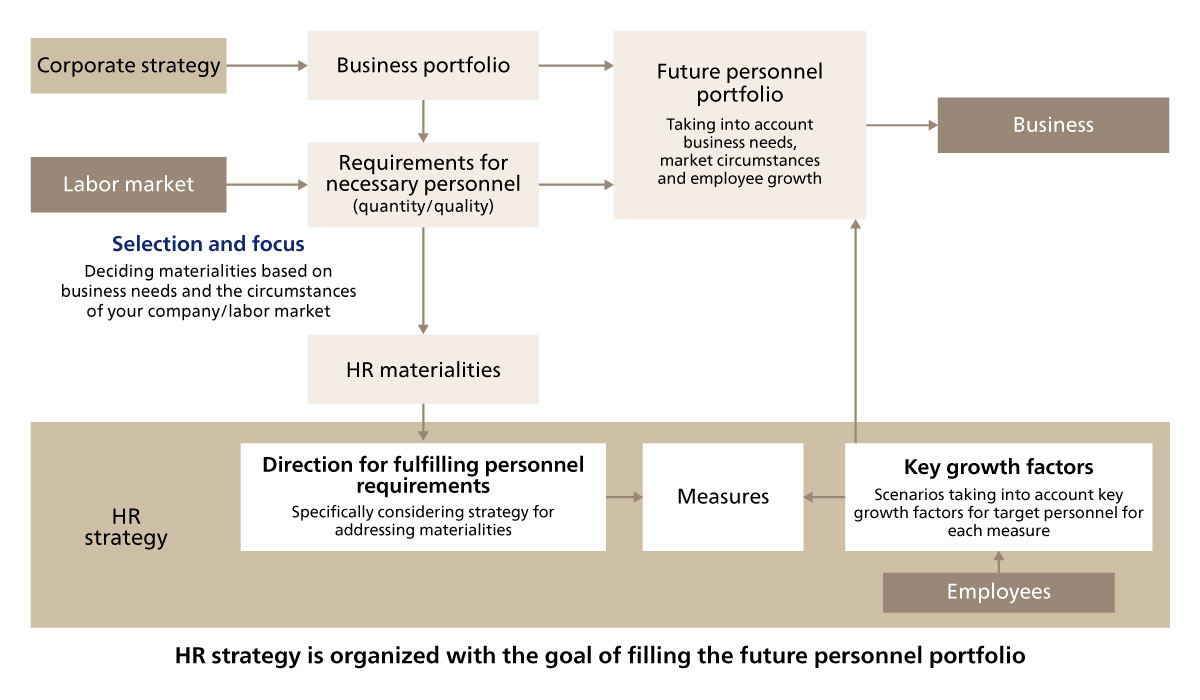 Figure 5. The relationships between HR materialities and HR strategy/measures
Figure 5. The relationships between HR materialities and HR strategy/measures
Now let’s go over a specific case where a company set “capturing and developing DX personnel” as its HR materiality (see figure 6). In this case, “HR portfolio fill rate” was set as the KGI. To examine the measures the company put in place, we will break down the elements for addressing their HR materialities and examine the measures per element.
For example, these measures include “defining the key personnel in DX-related departments,” “improving brand image in labor markets,” “improving post-hire retention rates” and “selection and training for DX.” The company also set KPIs, as well as yearly and 5-year medium to long-term targets for each measure, and used these to track progress. KPIs are indicators that can assess whether these measures are contributing to addressing HR materialities.
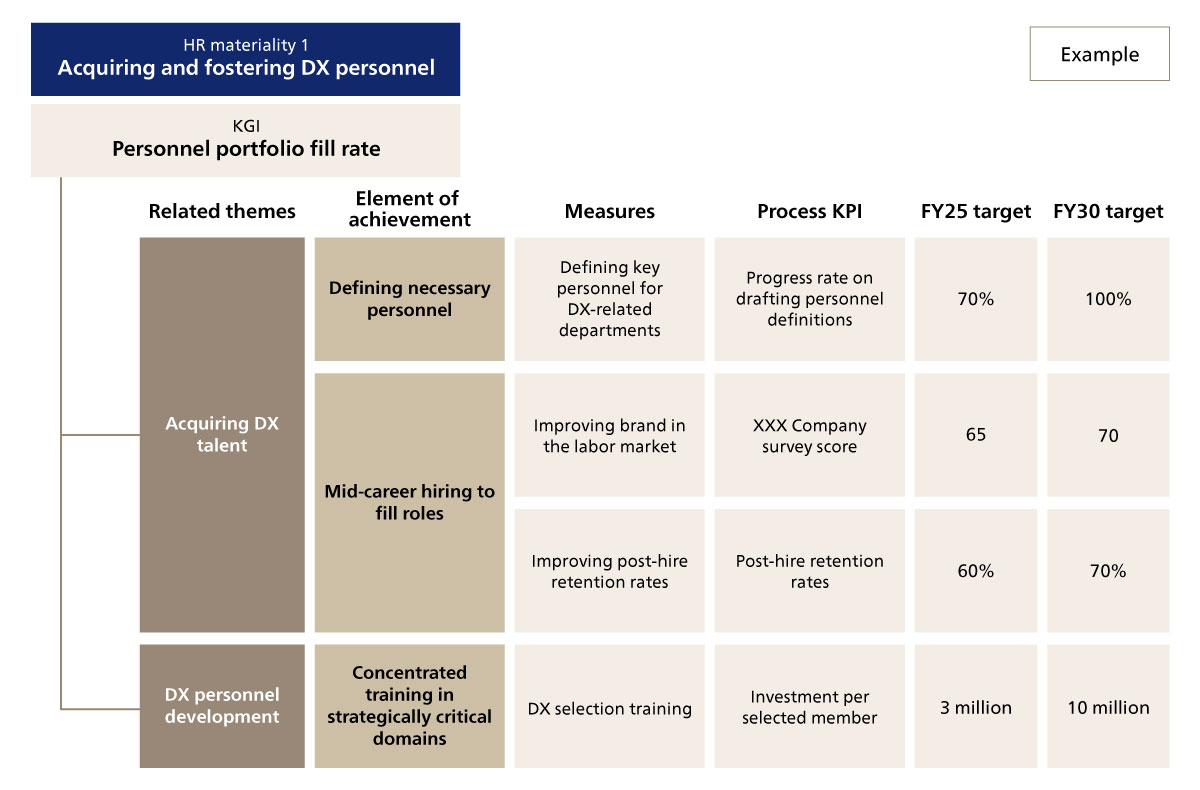 Figure 6. Examples of how to formulate HR strategies
Figure 6. Examples of how to formulate HR strategies
Key points in formulating HR strategy
So far, we have gone over the process of formulating and executing HR strategy. In this section, we want to step back and review the process as a whole. Here we want to take a look at two important points in particular from the HR strategy formulation process (see figure 7).
We will also go over a case study where ABeam Consulting supported a client in formulating an HR strategy.
 Figure 7. Key points in formulating HR strategy
Figure 7. Key points in formulating HR strategy
Coordination with corporate and business strategy
There are several points to keep in mind when formulating an HR strategy, but one important aspect is coordination with corporate and business strategy. It is important to set specific contribution indicators (e.g., fill rate for key personnel for a business) in quantitative terms relative to your company’s corporate and business agendas, and to drive HR strategies while monitoring these.
Companies can also realize proper coordination with corporate strategy by discussing business strategy and HR strategy in parallel on a common platform, and revising KPIs as well on a yearly cycle.
Clarifying the domain of human capital investment
Under previous approaches, it was common to distribute investment equally across all domains. However, companies are now faced with the need to clarify “what domains need investment” and “who they should invest in,” keeping in mind the principle of “selection and focus,” and thus make modulated investments to seek to maximize the value of their human capital.
Even in headcount plans tied to business strategy, companies also need to consider their development plans flexibly, including co-creation and side business providers outside of their employees, and global procurement, going beyond just filling positions assumed to be employee roles through simultaneous recruitment of new graduates and specialist recruiting.
Case study in supporting HR strategy formulation: Resonac Holdings Corporation
Finally, we would like to go over a case study where ABeam Consulting provided support to a client in formulating an HR strategy using a human capital management storyboard.
Resonac Holdings, born of a merger of Showa Denko and Showa Denko Materials in January 2023, clearly put forward the goal of realizing human capital management in the first integrated report it published as a new company. In line with the company’s portfolio strategy of becoming a “functional chemical manufacturer that can compete and co-create globally,” the company announced that its HR strategy would be to produce “co-creative talent” who would provide new functions in combination with technology using new ideas.
ABeam Consulting worked side by side with Resonac as a partner on the whole process from refining HR materialities and formulating an HR strategy based on a Human Capital Management Storyboard, to drafting and formulating an internal and external story, visualizing the value relations of human capital investment, and working on drafts of the integrated report to get buy in from internal and external parties (see figures 8 and 9).
Going forward, we are set to continue working with Resonac to shore up the progress of its human capital management, and to support them in planning and executing a series of specific measures put forward to address its HR materialities.
For details of the support we offered, please take a look at our case studies page.
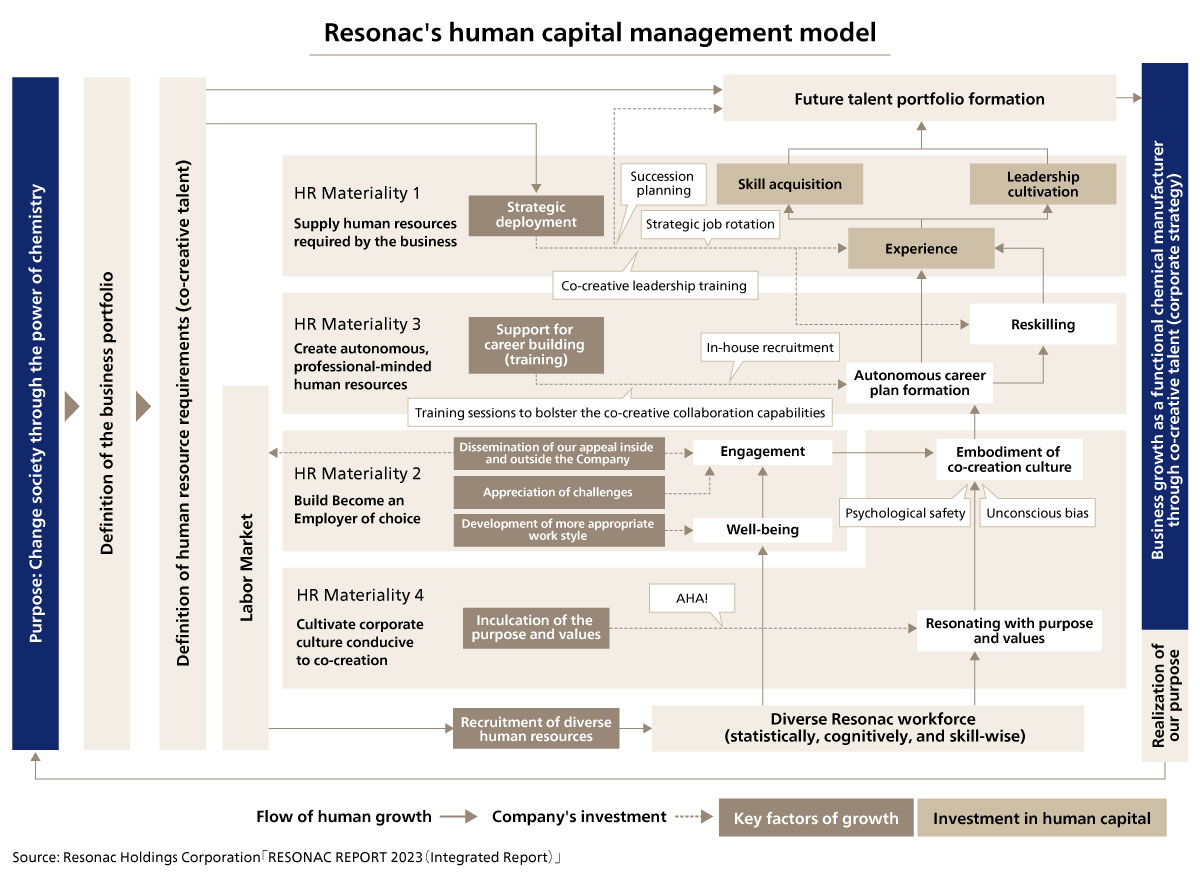 Figure 8. Resonac Holdings’ human capital management model
Figure 8. Resonac Holdings’ human capital management model
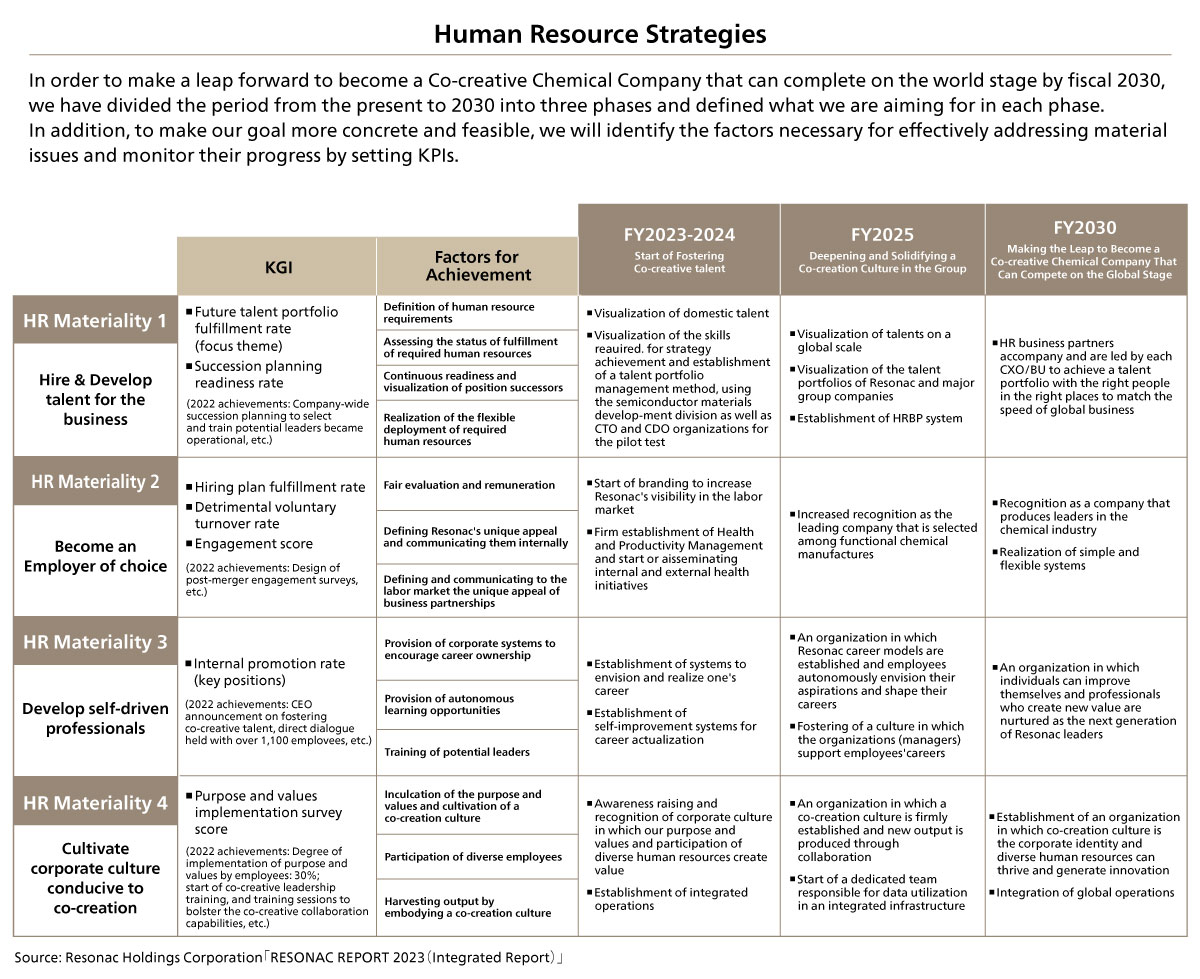 Figure 9. An HR strategy roadmap centered on HR materialities
Figure 9. An HR strategy roadmap centered on HR materialities
Summary: What it takes to put forward HR strategies that contribute to business transformation
Many companies have recently faced calls to transform their business portfolios towards sustainable corporate growth and increased value. The driving forces of such transformations are maximizing human capital and the practice of human capital management. In this Insight, we covered the thinking behind HR strategy and our approach to formulating such strategies, which are key to achieving this.
ABeam Consulting combines a strong track record of partnering to realize the transformation of Japanese companies with expert HR transformation and DX insights. We offer end-to-end support from formulating strategies for taking on human capital management, to engaging in dialogue with stakeholders. We not only offer approaches optimized for the specific conditions of Japan together with human capital management that works globally, but we also support clients in advancing digitalization using cloud and AI technology, as well as formulating effective and original measures personalized to each employee in an increasingly diverse workforce.
For further details of our measures, please see our publication, “HR Materialities: Human Capital Management Through Selection and Focus,” or all five articles and attached videos in our Insight Series covering the key points in putting human capital management into practice.
Going forward, we seek to contribute to the realization of genuine human capital management as a transformation partner for business.
Click here for inquiries and consultations












